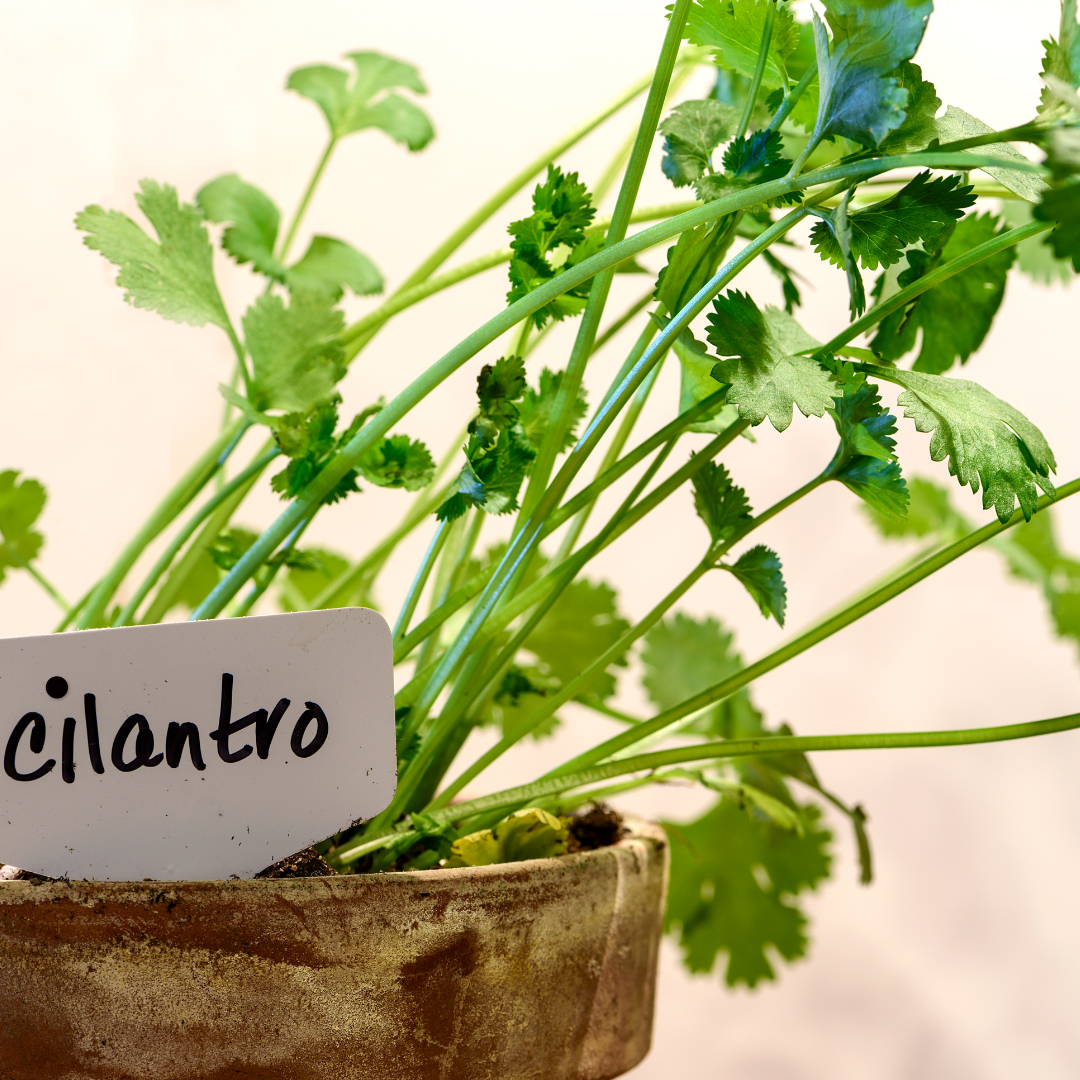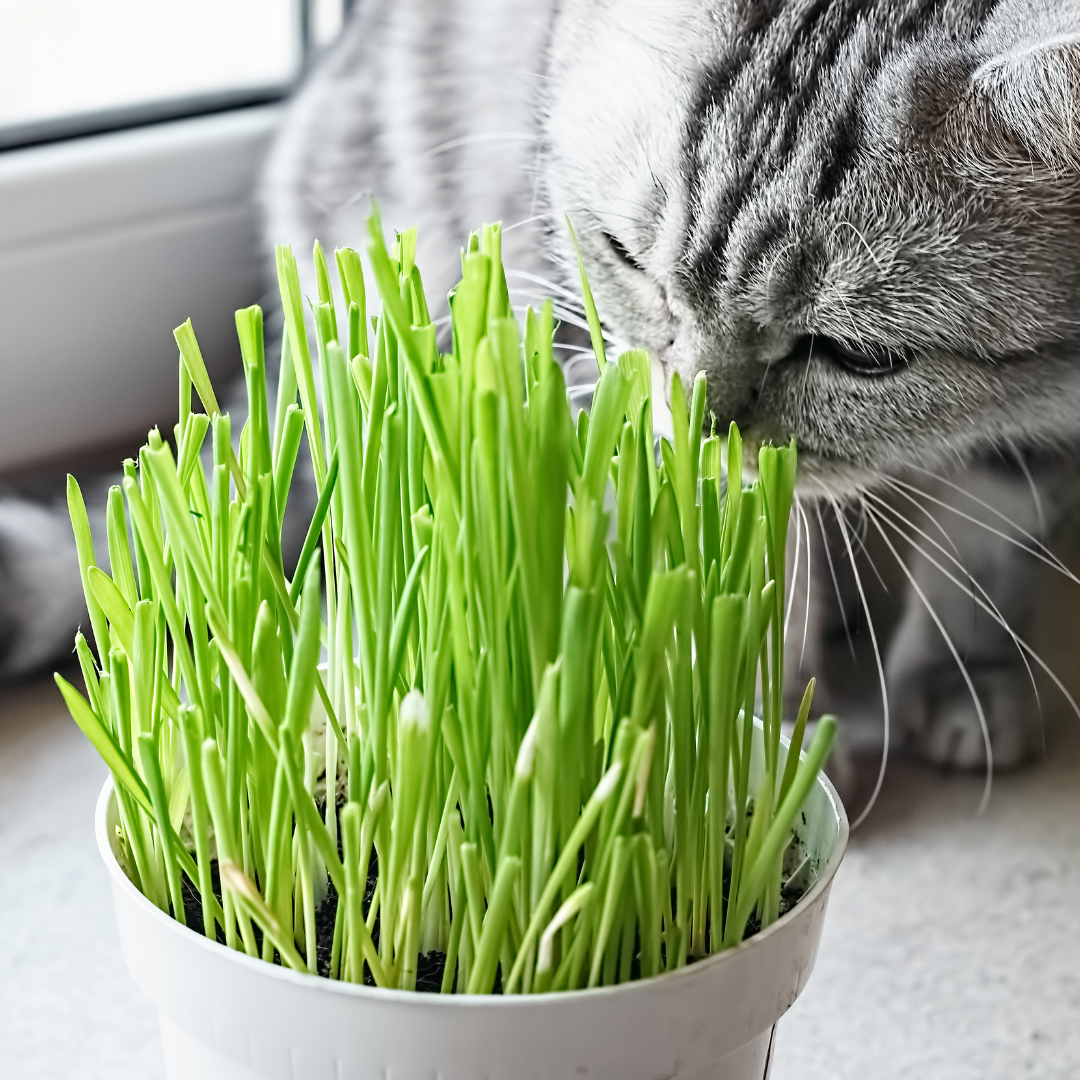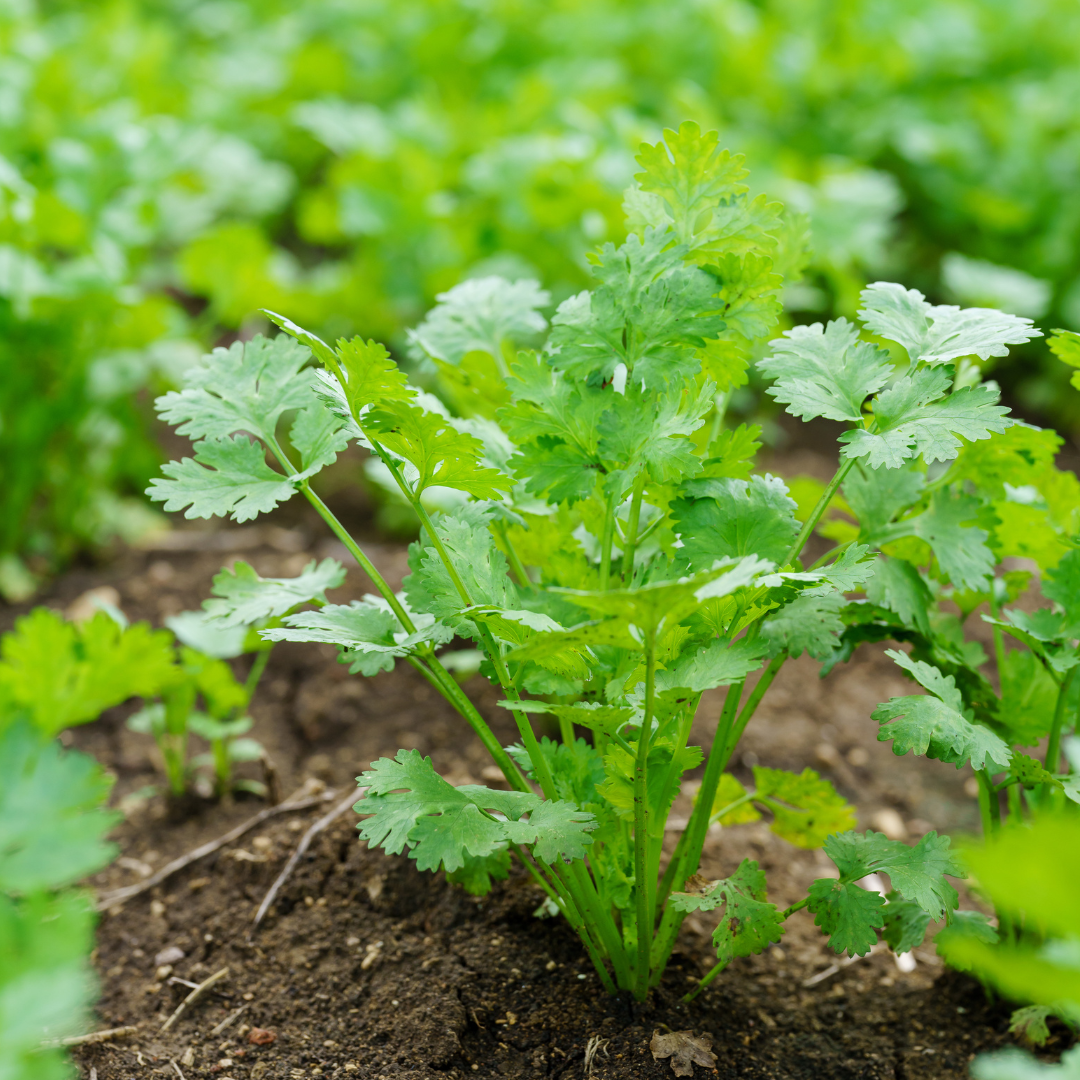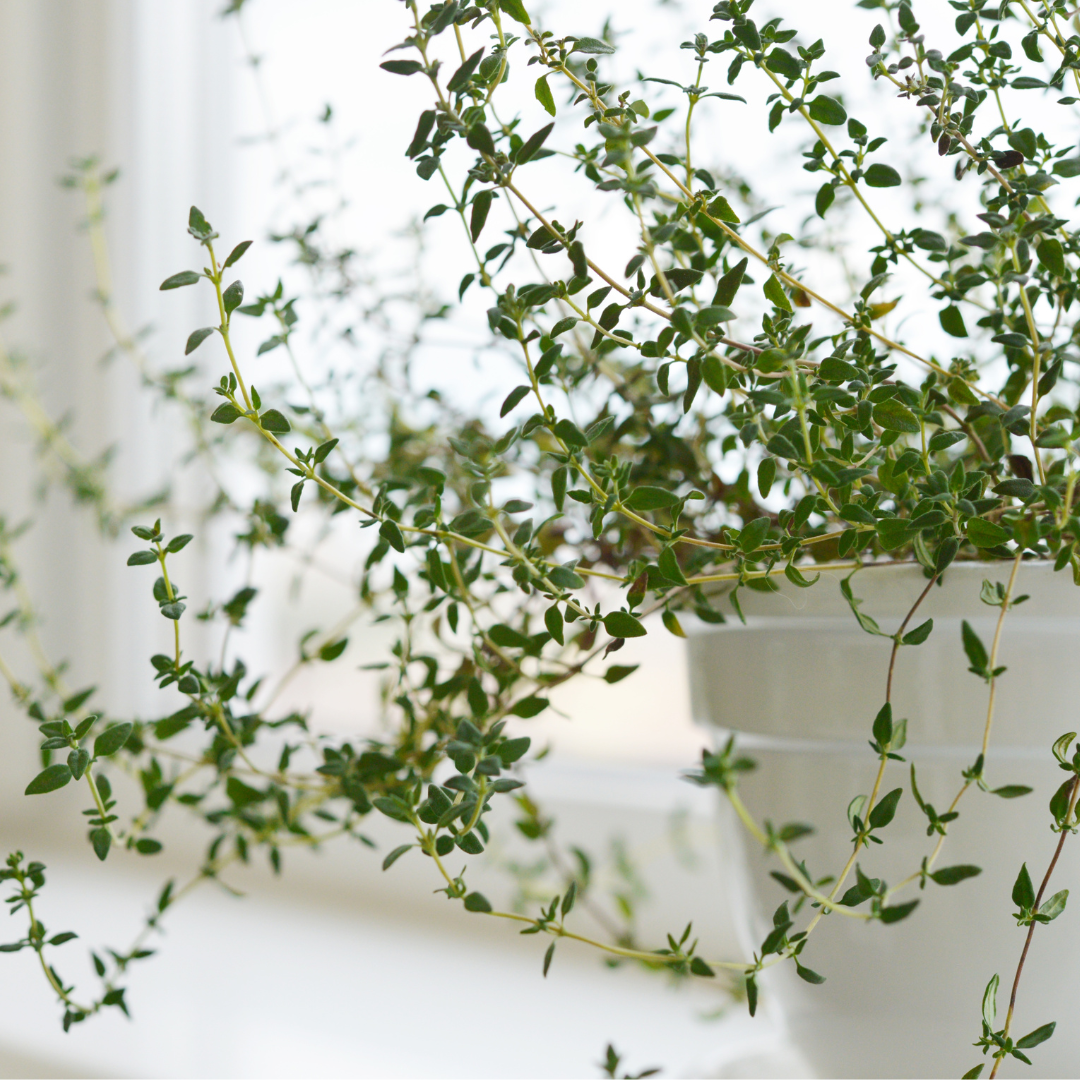Cilantro, also known as coriander, is a flavorful and versatile herb to grow in your herb garden. It's commonly used in many dishes, and the fresh leaves can add a burst of flavor to any recipe. While it's easy to find cilantro in the grocery store, growing your own cilantro can be a fun and rewarding experience. Here's how to propagate cilantro in your own herb garden.
Understanding Cilantro
Before we dive into how to propagate cilantro, it's essential to understand the herb. Cilantro is an annual herb that grows up to 20 inches tall. It prefers full sun to partial shade and well-draining soil. Cilantro plants are typically grown from either cilantro seeds or coriander seeds.
Slow Bolt Cilantro Seeds
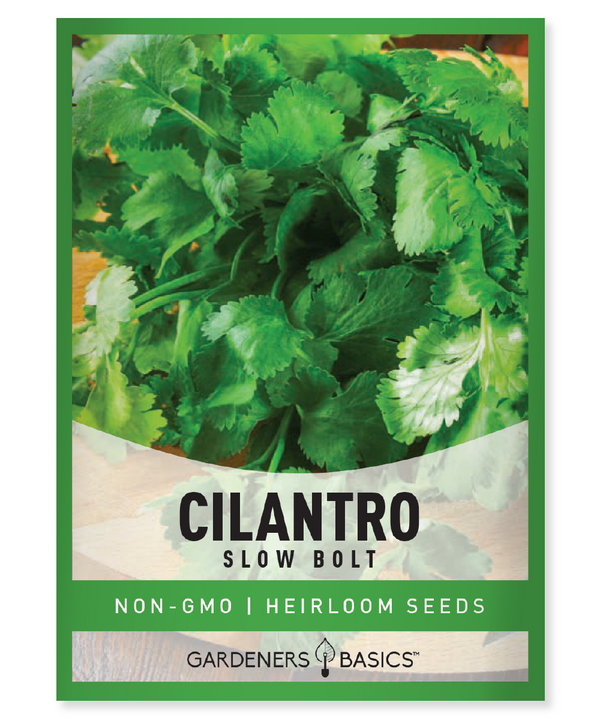
$2.49
Leisure Cilantro Seeds – Premium Heirloom, Non-GMO, Non-Hybrid, Open-Pollinated Looking for the best cilantro seeds to grow at home? Our Slow Bolt Cilantro seeds are meticulously selected to bring you vibrant, flavorful cilantro with exceptional growth performance. These heirloom seeds… read more
Growing Cilantro from Seed
Growing cilantro from seed is a popular method for propagating the herb. Here's how to do it:
- Start by selecting a container with drainage holes. Cilantro seeds prefer well-draining soil, so it's important to ensure the container has good drainage.
- Fill the container with potting mix, leaving about an inch of space at the top.
- Sprinkle cilantro seeds evenly over the soil surface.
- Cover the seeds with a thin layer of soil.
- Water the soil thoroughly.
- Place the container in a sunny area.
- Keep the soil moist, but not waterlogged.
- Cilantro seeds typically germinate in 7-10 days.
- Once the cilantro seedlings are a few inches tall, thin them out to ensure they have enough space to grow.
Growing Cilantro from Cuttings
- Another way to propagate cilantro is by growing it from cuttings. Here's how to do it:
- Select a healthy cilantro plant.
- Cut a stem that is at least 4-6 inches long.
- Remove the leaves from the bottom two inches of the stem.
- Place the cutting in a glass of water, ensuring the bottom of the stem is submerged.
- Place the glass in an area with indirect sunlight.
- Change the water every other day.
- After a few days, roots should begin to form.
- Once the roots are a few inches long, transfer the cutting to a container filled with well-draining potting mix.
- Water the cutting thoroughly.
- Place the container in a sunny area.
- Keep the soil moist, but not waterlogged.
Popular Herb Seeds for Planting | 35 Variety Pack
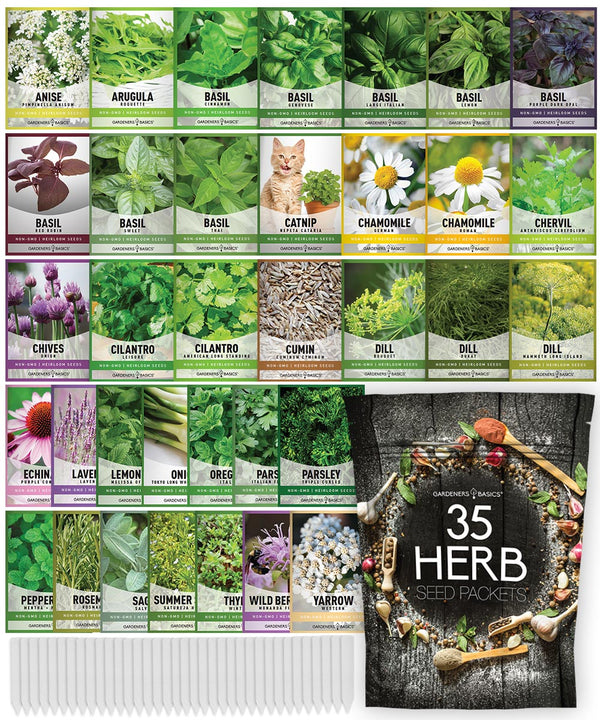
$29.95
$49.95
Heirloom, non-GMO herb seeds for indoor and outdoor home gardens! Introducing our 35 Herb Seeds Variety Pack, the ultimate selection for any herb garden enthusiast! This premium assortment includes heirloom herb seeds that are non-hybrid, open-pollinated, and non-GMO, ensuring you get only… read more
Harvesting Cilantro Leaves
Once your cilantro plants are established, you can begin to harvest the leaves. Here's how to do it:
- Wait until the cilantro plant is at least six inches tall.
- Use sharp scissors to cut off the leaves at the base of the stem.
- Leave at least one-third of the plant intact to ensure it continues to grow.
- Use the fresh leaves immediately, or store them in the refrigerator for up to a week.
Tips for Growing Cilantro
Here are a few tips for growing cilantro successfully:
- Cilantro prefers full sun to partial shade.
- Ensure the soil is well-draining.
- Keep the soil moist, but not waterlogged.
- Cilantro is an annual herb, so you'll need to replant it each year.
- Harvest cilantro leaves when the plant is at least six inches tall.
- Use sharp scissors to cut the leaves, leaving at least one-third of the plant intact.
- Cilantro can be grown indoors or outdoors.
Culinary Herb Seed Assortment | 5 Variety Pack
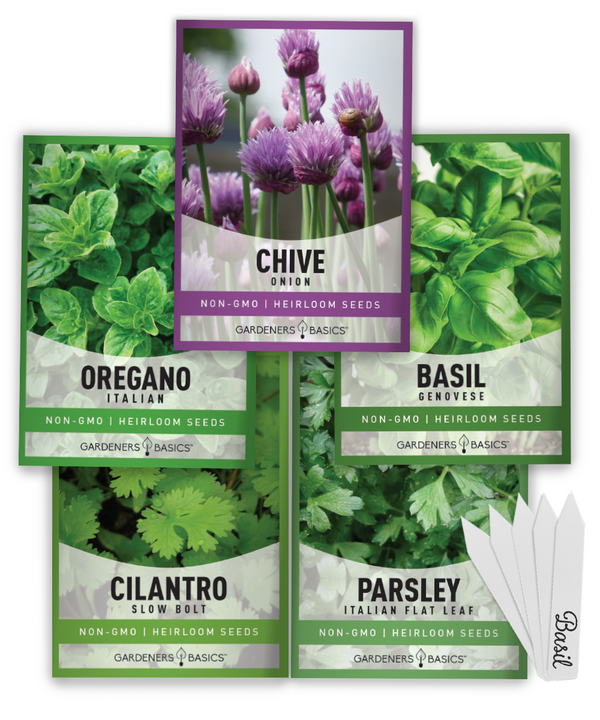
$9.95
Heirloom Culinary Herb Seeds for Indoor & Outdoor Planting Introducing our 5 Culinary Herb Seeds Variety Pack, the perfect addition to your kitchen garden or homestead! This exclusive herb seed collection includes heirloom, non-hybrid, open-pollinated, and non-GMO seeds, meticulously selected… read more
- If growing cilantro indoors, ensure the plant gets enough sunlight.
- Cilantro is a versatile herb that can be used in a variety of dishes, including salads, salsas, and marinades.
- To extend the growing season of cilantro, you can plant it in the fall in areas with mild winters.
- Cilantro can also be grown in a container, making it a great option for small spaces or balcony gardens.
- If you're growing cilantro in a container, make sure the container has drainage holes and use a well-draining potting mix.
- If you're growing cilantro from seed, soak the seeds in water for a few hours before planting to help speed up the germination process.
- If you're growing cilantro outdoors, be sure to protect it from strong winds, which can damage the delicate leaves.
- If you're growing cilantro in a hot climate, provide some shade during the hottest parts of the day to prevent the plant from wilting.
- Cilantro can also be grown alongside other herbs, such as parsley, basil, and thyme.
- Finally, if you're harvesting cilantro leaves regularly, you can fertilize the plant every few weeks with a balanced fertilizer to help it grow strong and healthy.
In conclusion, growing cilantro is an easy and rewarding experience that can be done either from seeds or cuttings. With the right conditions, you can have a bountiful supply of fresh cilantro leaves to use in your favorite recipes. Whether you're growing cilantro in a container or in your herb garden, following these tips will help ensure your plant grows strong and healthy.
Herb Seed Assortment | 15 Variety Pack
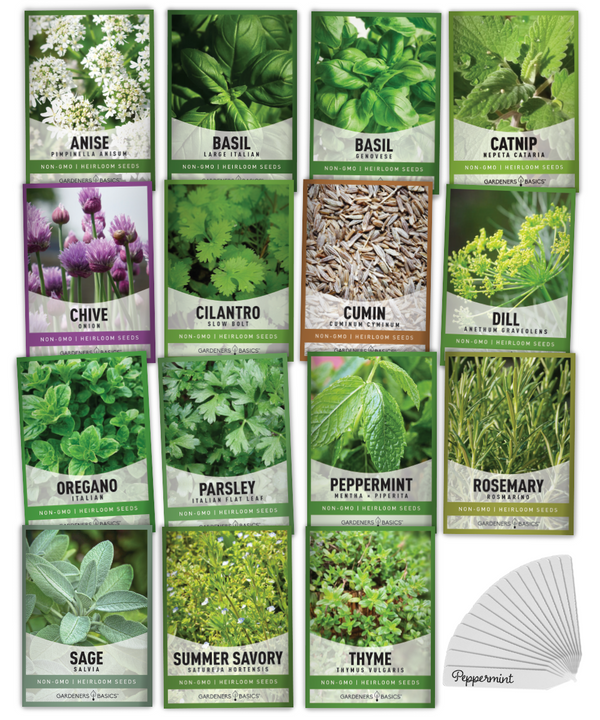
$19.95
Unlock the Power of Homegrown Herbs: 15 Heirloom Herb Seeds for Sustainable Gardening Introducing our 15 Herb Seeds Variety Pack—the ultimate collection for any home gardener, herbalist, or culinary enthusiast looking to grow fresh, flavorful herbs. Each of the 15 herb… read more



